At the start of the year, the Austrian capital exceeded the refugee care quota agreed among the federal provinces by a staggering 208 percent. The majority of those entitled to „subsidiary protection” live in the capital, according to Exxpress.
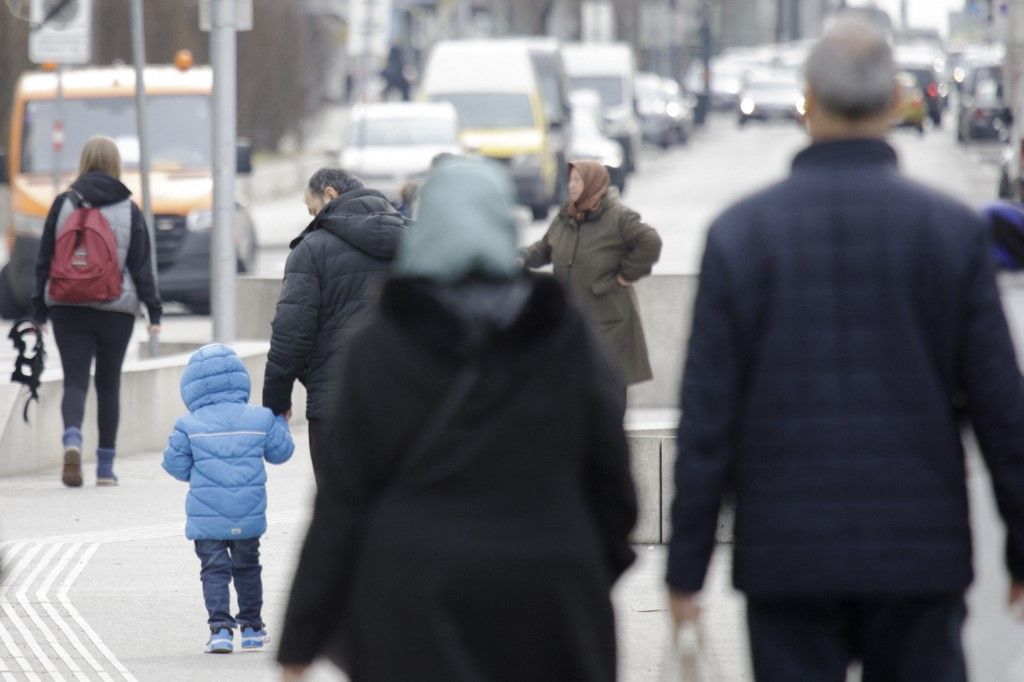
In Vienna, approximately 31,000 people were enrolled in the federal capital’s basic welfare system — more than twice the number allocated under the federal government’s quota. At the beginning of the year, only 7.5 percent of those receiving basic welfare in Vienna were asylum-seekers, compared to 48.5 percent in Tyrol and 47 percent in Upper Austria, V4NA writes.
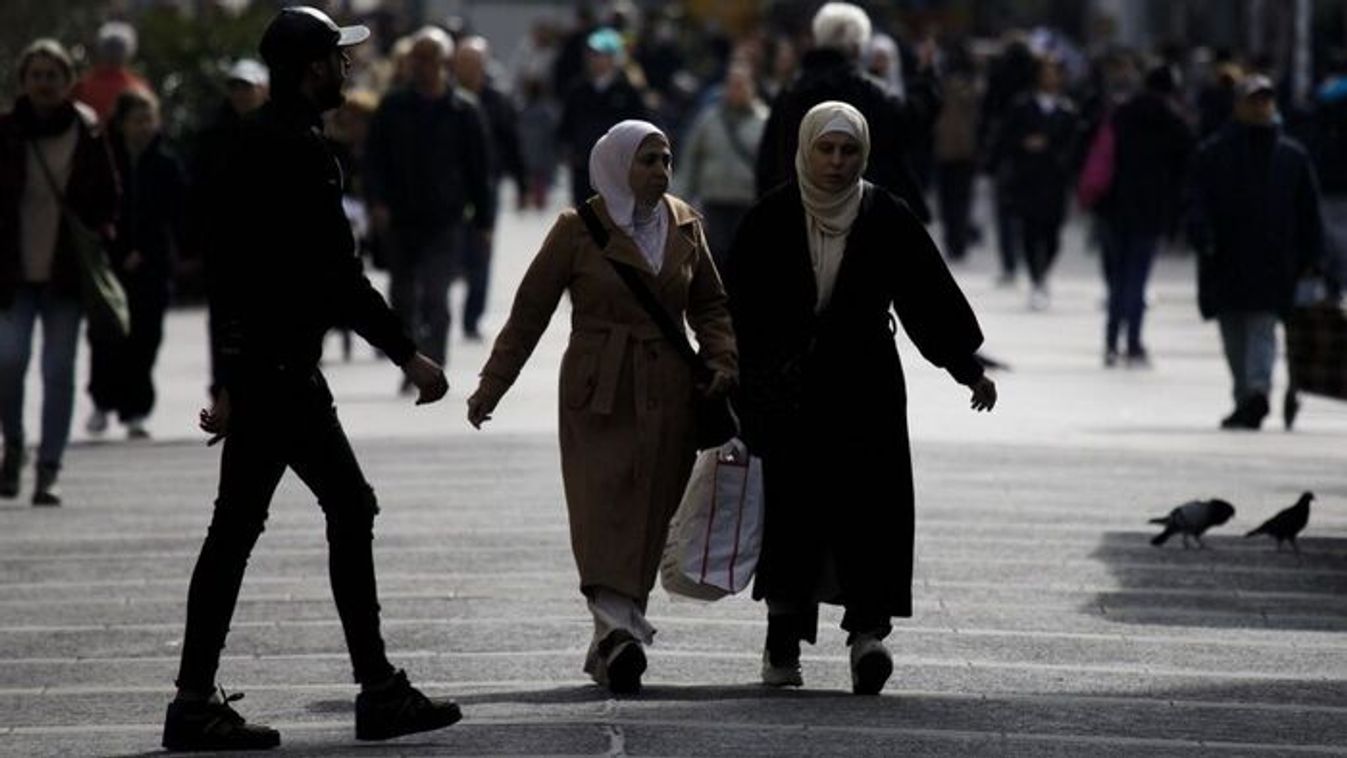


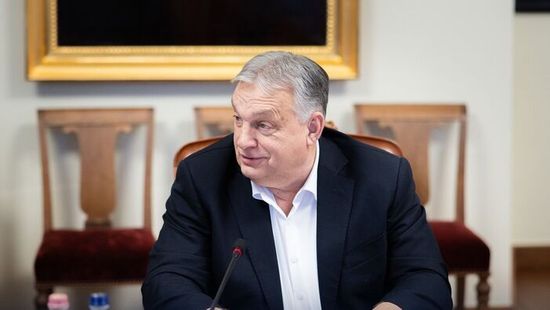









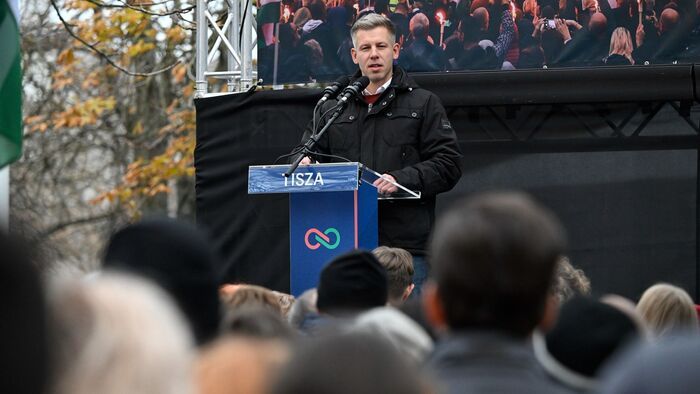
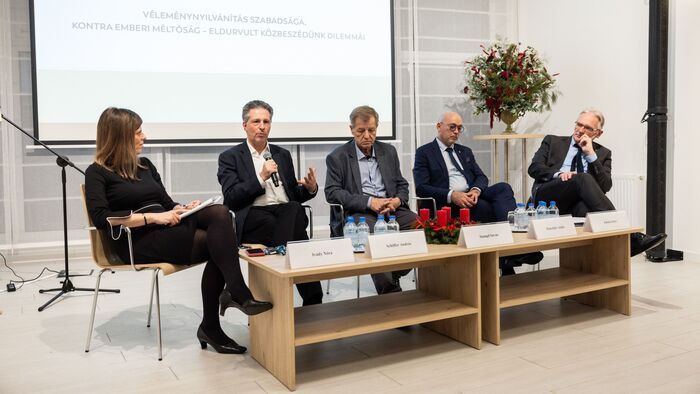
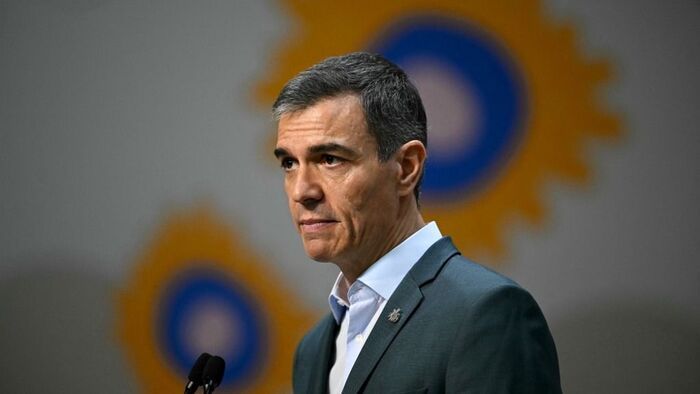




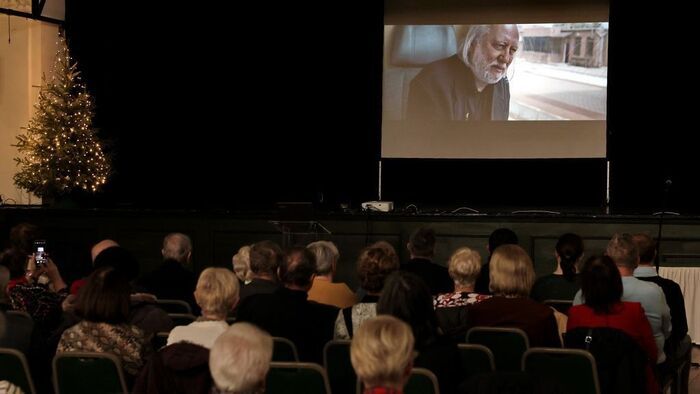


Szóljon hozzá!
Jelenleg csak a hozzászólások egy kis részét látja. Hozzászóláshoz és a további kommentek megtekintéséhez lépjen be, vagy regisztráljon!